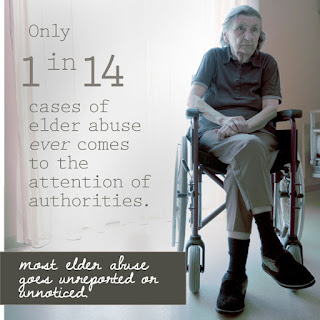Last week, I discussed that June is National Internet Safety Month and listed several tips on how to prevent yourself from becoming a victim of cybercrime. But, it occurs to me that the amount of time our young people spend online lends itself to a separate discussion all of its own.
 |
When it comes to cybercrime, children of all ages can
access limitless content with only a few keystrokes. |
When it comes to cybercrime, children are very vulnerable. A study by Pew Research Center, showed that 95 percent of teens access the Internet, making them the largest demographic of Internet users and a target for a multitude of online predators. Child abductions and sexual assault have occurred because predators were able to access personal information through chat rooms, social media sites or online gaming sites.
For example, 36-year-old Tony Mcleod, known as the “PlayStation Predator,” lured a 14-year-old California boy to Los Angeles Airport, where the two boarded a plane to Mcleod’s home in Tampa, Florida. Mcleod and the boy had been in contact for a month, when his parents discovered that the boy had been receiving explicit texts and photos from him. The boy’s parents immediately reported him missing when he did not return from school one day. Detectives discovered that McLeod and the boy were on a flight to Tampa. When they reached the Tampa airport, McLeod was confronted by FBI officials and the boy was returned to his California home.
The PlayStation Predator is just one of many online criminals waiting to lure children away from their homes. Here are some tips for keeping your children cyber safe:
- Keep your computer visible. By placing your computer in a high-traffic area of the house, you can keep an eye on the sites your child visits and ensure that they are safe and appropriate.
- Set rules and a password. Monitoring your child’s Internet usage and limiting the sites they visit can help you keep track of your child’s online safety. Let him or her show you what they like to do online, so you’re aware. You can also set a password to limit your child’s Internet access to when you allow it.
- Know who they’re messaging. Being aware of who your child is messaging, whether it’s through social media, email, online gaming or webcam usage, can enable you to make sure your child isn’t communicating with strangers.
- Use Internet security options. By using these options, you can limit what websites show up on your browser. This can prevent access to questionable and explicit sites.
- Don’t forget cellphones. TextGuard, My Mobile Watchdog and iWonder Surf, are mobile applications that can help you keep track of your child’s incoming and outgoing calls, texts, and web browsing habits.
- Talk to your child. Make your children aware of the dangers of online predators and help them understand that by monitoring their Internet usage, you are helping to keep them safe. Keep in mind that even teens need to be reminded of Internet precautions. Encourage them to share Internet safety advice with their friends.
To learn more about Internet safety for children, visit NetSmartz.org.
Julie Nauman is the Executive Officer for the Victim Compensation and Government Claims Board (VCGCB). VCGCB provides compensation for victims of violent crime and helps to resolve claims against the State.




